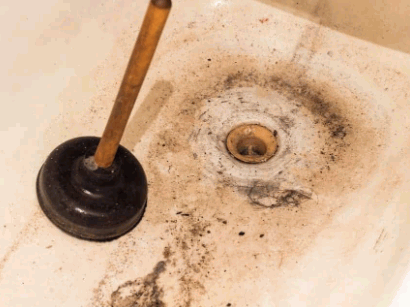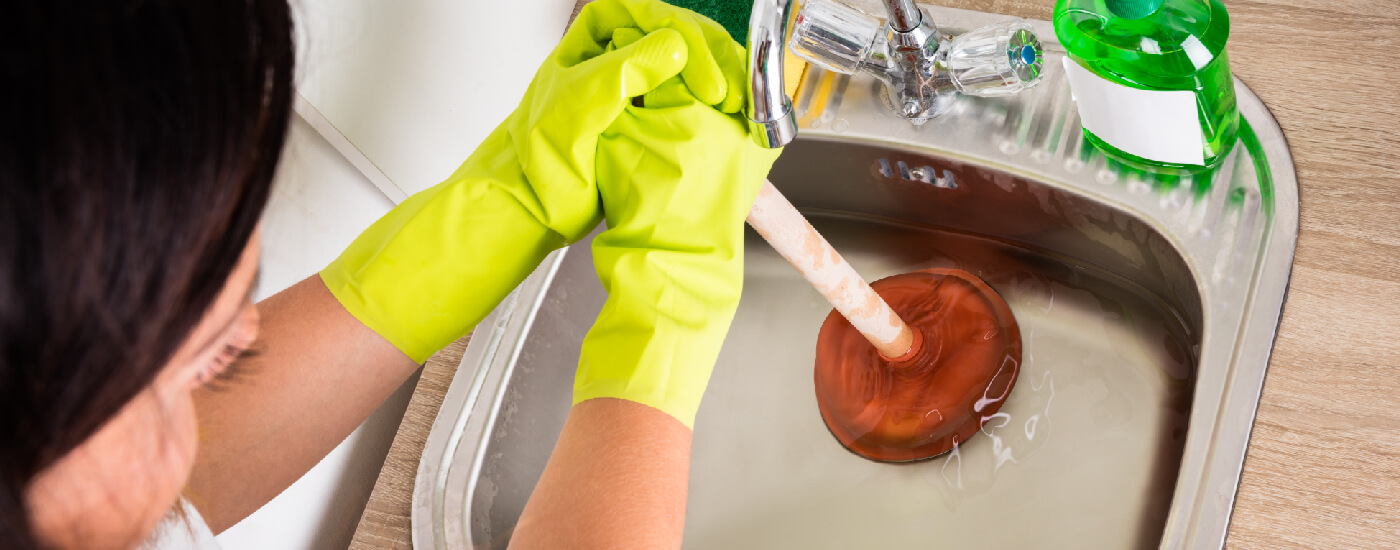How do you feel about How To Use Your Toilet Plunger Correctly in 5 Easy Steps?

Introduction
Correct maintenance of family drains is necessary for preventing blockages and making certain smooth water flow. One of the secret devices in every homeowner's toolkit is the plunger, together with different drainpipe cleansers designed to tackle persistent clogs successfully. This write-up checks out just how to utilize bettors and drain cleansers effectively to maintain your drains pipes streaming openly.
Section 1: Comprehending Bettors
Types of Plungers
There are a number of sorts of plungers offered, each made for different types of drains pipes and obstructs. One of the most common types include mug bettors, flange bettors, and accordion bettors.
How Plungers Work
Plungers deal with the concept of developing stress and suction to displace clogs. When effectively applied over a drainpipe, they develop a vacuum cleaner that can take out debris or break up obstructions.
Choosing the Right Plunger
Selecting the ideal bettor depends on the sort of drain and the nature of the clog. Mug plungers are optimal for sinks and tubs, while flange bettors are better fit for toilets as a result of their design.
Common Mistakes with Bettors
Avoiding these errors ensures efficient plunging: inappropriate seal around the drain, inadequate pressure, and not clearing surrounding particles.
Area 2: Using Plungers Efficiently
Prep work
Before diving, ensure the bettor covers the drain totally and creates a tight seal. Clear any kind of visible particles around the drainpipe opening.
Technique
Beginning with mild plunging activities to build suction. Boost stress progressively, using a consistent rhythm. Repeat as essential until the drain removes.
Repairing Tips
If diving doesn't work, try changing the seal, using oil jelly for a far better seal, or utilizing a different type of bettor.
Area 3: Comprehending Drainpipe Cleansers
Kinds Of Drain Cleansers
Drain cleaners can be chemical or chemical. Chemical cleaners utilize strong chemicals to liquify blockages, while chemical cleansers make use of natural enzymes to break down organic matter.
How Drain Cleaners Work
Chemical cleaners react with obstructions to liquify them, while chemical cleansers break down natural products like hair and oil without damaging pipelines.
Safety and security Factors to consider
Always put on handwear covers and eye defense when utilizing chemical drain cleansers. Make certain appropriate ventilation and follow maker instructions thoroughly.
Eco-Friendly Alternatives
Consider making use of vinegar and cooking soft drink or enzyme-based cleaners for environmentally friendly alternatives that are much safer for pipes and the environment.
Section 4: Making Use Of Drain Cleansers Properly
Application Methods
Put chemical cleansers straight into the drain opening. Permit them to work for the recommended time before flushing with hot water. Enzymatic cleaners must rest overnight.
Safety measures
Avoid mixing various types of cleaners, as this can generate hazardous fumes. Never ever utilize chemical cleaners along with a bettor, as spilling can take place.
Taking Care Of Stubborn Obstructions
For consistent clogs, take into consideration utilizing a plumbing serpent or calling a professional plumbing professional to stop damage to pipes.
Final thought
In conclusion, understanding just how to utilize bettors and drain cleaners efficiently is necessary for maintaining healthy plumbing systems. By picking the right tools and methods, homeowners can deal with small obstructions and stop major plumbing concerns down the line.
How to Use a Plunger to Unclog a Drain
The humble plunger is a simple yet effective tool for breaking clogs in sinks, tubs and toilets. This handy tool is easy to use. You can make the most of its power if you understand how it works. Ready to dive in? Here’s what you need to know.
Safety First!
Never use a plunger with drain chemicals. Water will splash as you work, and the chemicals can spatter, burning skin and eyes. It’s a good idea to use rubber gloves and wear safety goggles when you work on a clog.
Choose the Right Tool for the Job
Plungers come in two different styles. Sinks, bathtubs and showers require a cup plunger. Like its name suggests, the rubber end is shaped like a cup. Use a flange plunger on toilets. These plungers have a rubber funnel extending from the cup. A plunger needs to be big enough to cover the drain.
Ready, Set, Plunge!
Coat the rim: Coat the plunger rim with petroleum jelly. This helps make a better seal.
Block outlets: Hold a wet rag over nearby outlets such as the overflow vent or the drain in a second sink.
Release air: Insert the plunger at an angle into the water. Water will displace air in the cup. A water-filled cup is more forceful than one filled with air.
Keep the plunger upright: Hold the plunger perpendicular to the drain. Use fast, forceful strokes, but make the first stroke gentle. The first stroke can create a splash if the cup still contains air. Thrust the plunger 15 to 20 times.
Snap off the plunger: The final stroke should be a strong upward motion that ends when the plunger snaps off the drain.
Repeat the process: you may need to repeat this sequence several times. When the water drains away, your work is done. High-five! https://plumbernw.com/blog/how-to-use-a-plunger-to-unclog-a-drain/

Application Methods
Put chemical cleansers straight into the drain opening. Permit them to work for the recommended time before flushing with hot water. Enzymatic cleaners must rest overnight.
Safety measures
Avoid mixing various types of cleaners, as this can generate hazardous fumes. Never ever utilize chemical cleaners along with a bettor, as spilling can take place.
Taking Care Of Stubborn Obstructions
For consistent clogs, take into consideration utilizing a plumbing serpent or calling a professional plumbing professional to stop damage to pipes.
Final thought
In conclusion, understanding just how to utilize bettors and drain cleaners efficiently is necessary for maintaining healthy plumbing systems. By picking the right tools and methods, homeowners can deal with small obstructions and stop major plumbing concerns down the line.
How to Use a Plunger to Unclog a Drain
The humble plunger is a simple yet effective tool for breaking clogs in sinks, tubs and toilets. This handy tool is easy to use. You can make the most of its power if you understand how it works. Ready to dive in? Here’s what you need to know.
Safety First!
Never use a plunger with drain chemicals. Water will splash as you work, and the chemicals can spatter, burning skin and eyes. It’s a good idea to use rubber gloves and wear safety goggles when you work on a clog.
Choose the Right Tool for the Job
Plungers come in two different styles. Sinks, bathtubs and showers require a cup plunger. Like its name suggests, the rubber end is shaped like a cup. Use a flange plunger on toilets. These plungers have a rubber funnel extending from the cup. A plunger needs to be big enough to cover the drain.
Ready, Set, Plunge!
Coat the rim: Coat the plunger rim with petroleum jelly. This helps make a better seal. Block outlets: Hold a wet rag over nearby outlets such as the overflow vent or the drain in a second sink. Release air: Insert the plunger at an angle into the water. Water will displace air in the cup. A water-filled cup is more forceful than one filled with air. Keep the plunger upright: Hold the plunger perpendicular to the drain. Use fast, forceful strokes, but make the first stroke gentle. The first stroke can create a splash if the cup still contains air. Thrust the plunger 15 to 20 times. Snap off the plunger: The final stroke should be a strong upward motion that ends when the plunger snaps off the drain. Repeat the process: you may need to repeat this sequence several times. When the water drains away, your work is done. High-five! https://plumbernw.com/blog/how-to-use-a-plunger-to-unclog-a-drain/

I was introduced to that write-up about through an acquaintance on our other web blog. Please take the opportunity to share this write-up if you appreciated it. Thanks so much for your time spent reading it.
Schedule Your Service